COIT20247 Database Design and Development: Normalization Report 2019
VerifiedAdded on 2023/01/10
|9
|840
|35
Report
AI Summary
This report presents a comprehensive analysis of database normalization, focusing on Third Normal Form (3NF) relations within the context of a COIT20247 Database Design and Development assignment. The report begins by mapping an ERD into a set of 3NF relations, ensuring that the database design adheres to normalization principles. It then delves into functional dependencies within the TblInvoice and TblCustomer tables, demonstrating how each relation meets the criteria for 3NF. The implementation utilizes MS Access and includes a discussion of data integrity constraints for parcel attributes. Furthermore, the report provides a series of database queries designed to extract specific information from the database, such as the status of parcels and the number of unclaimed lost parcels. The report also implements database reports and discusses its interesting features and difficult tasks. The report concludes by referencing the sources used and provides a detailed overview of the database design and development process, which is crucial for students seeking to understand database normalization and its practical application.
1 out of 9

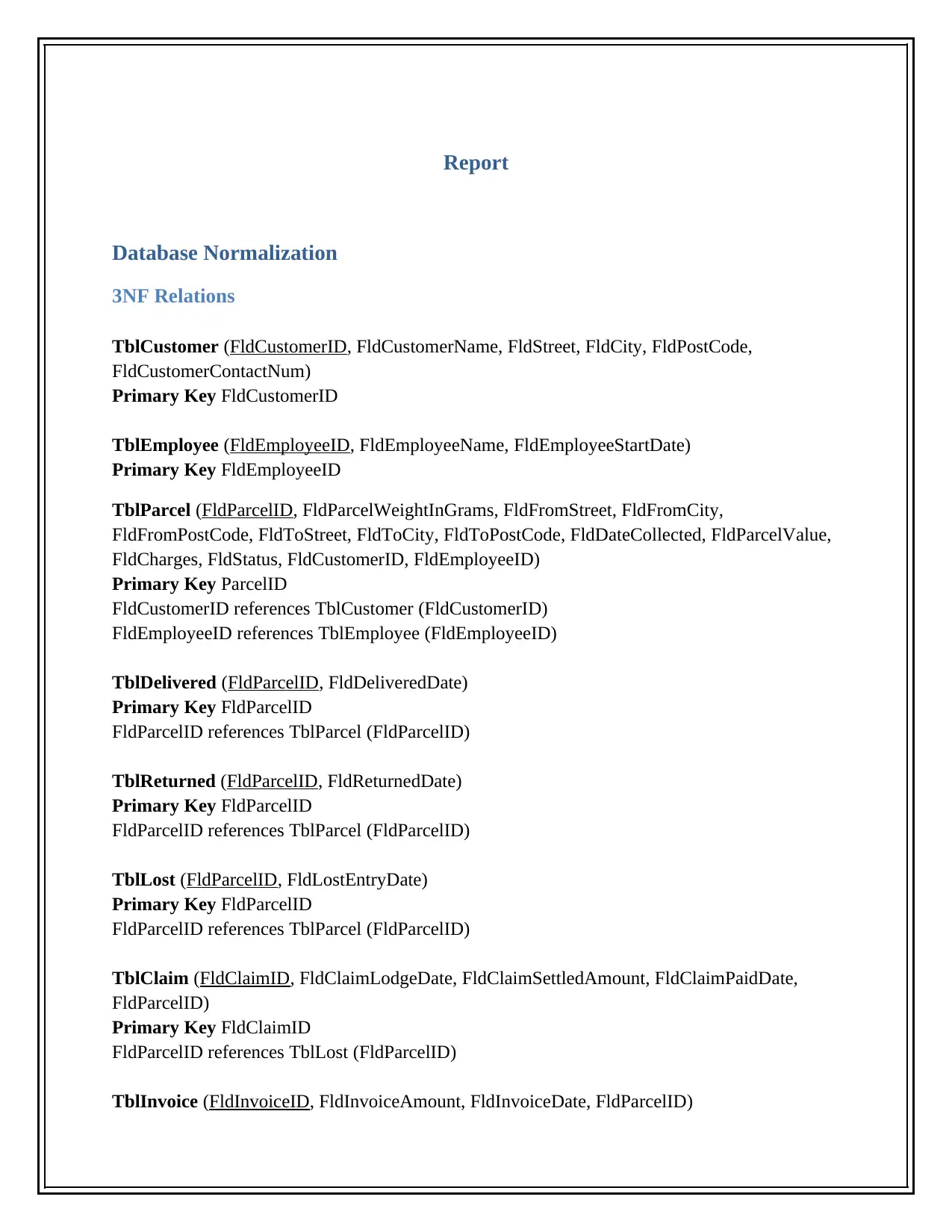
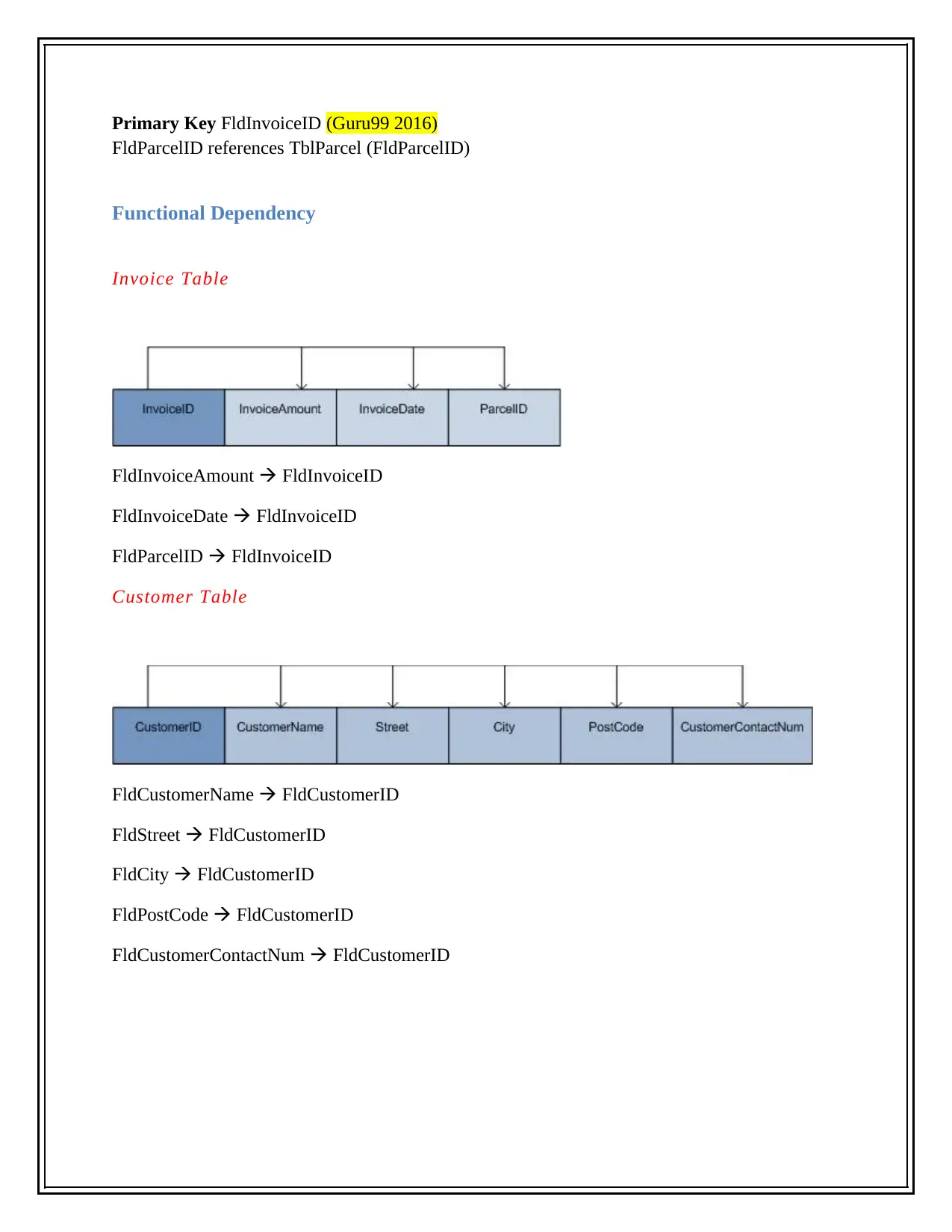

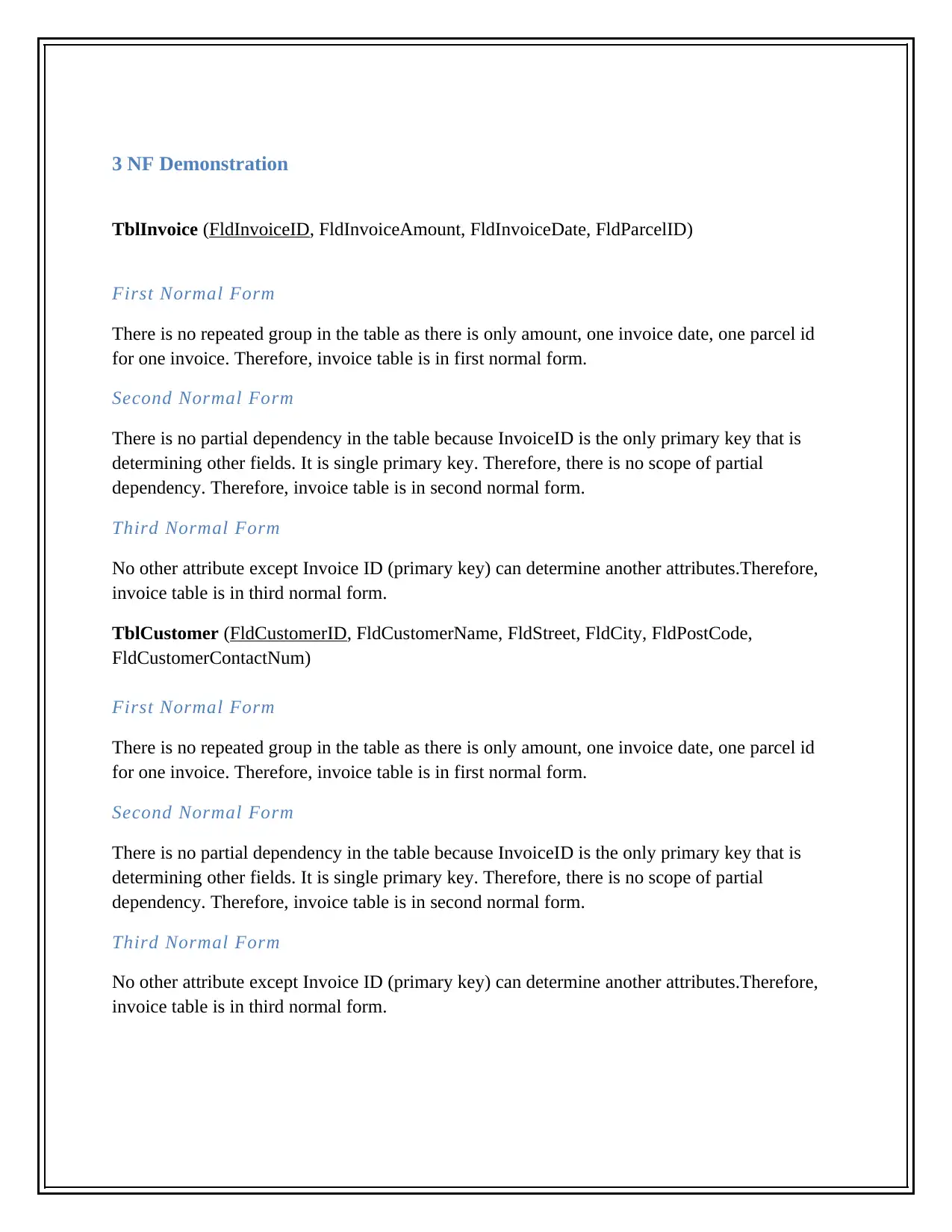
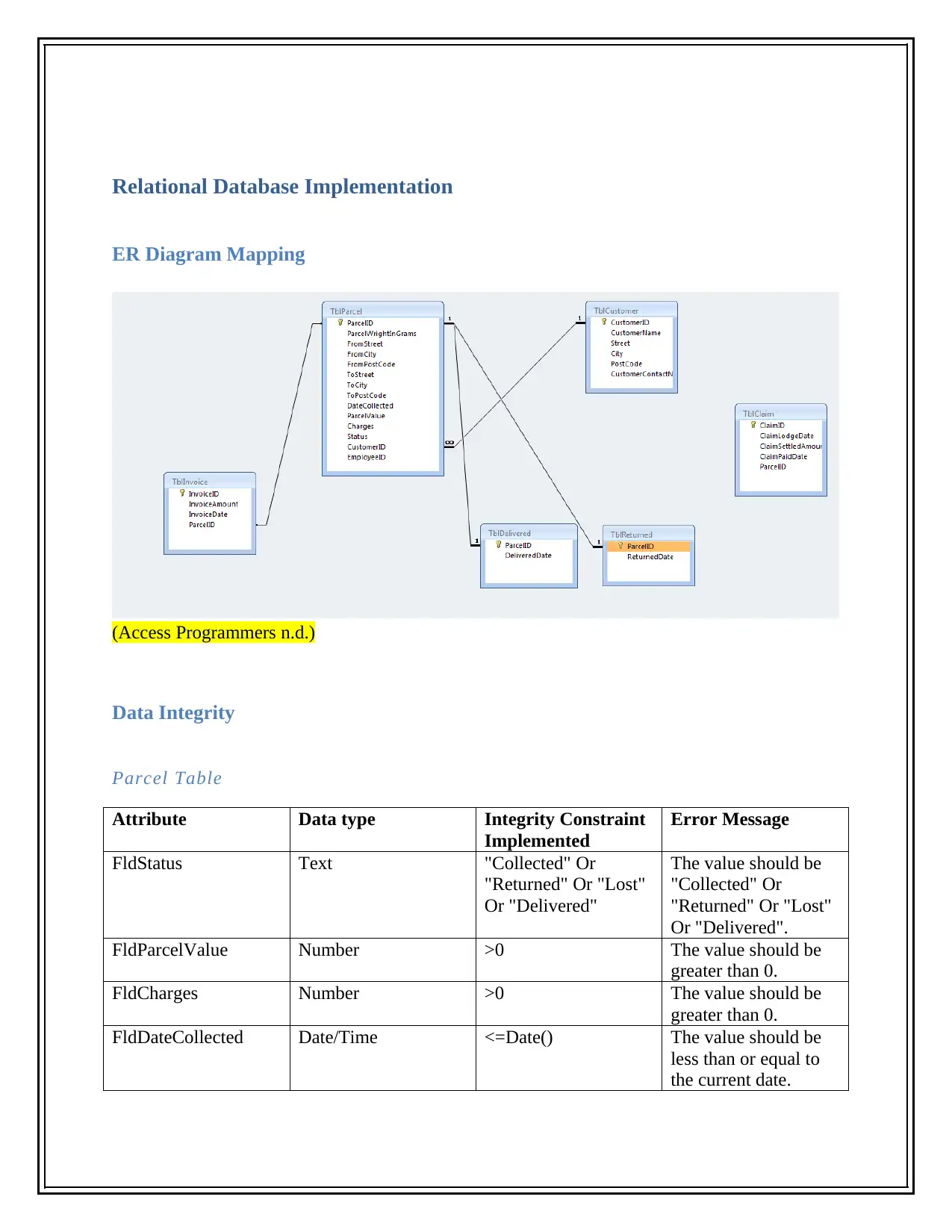
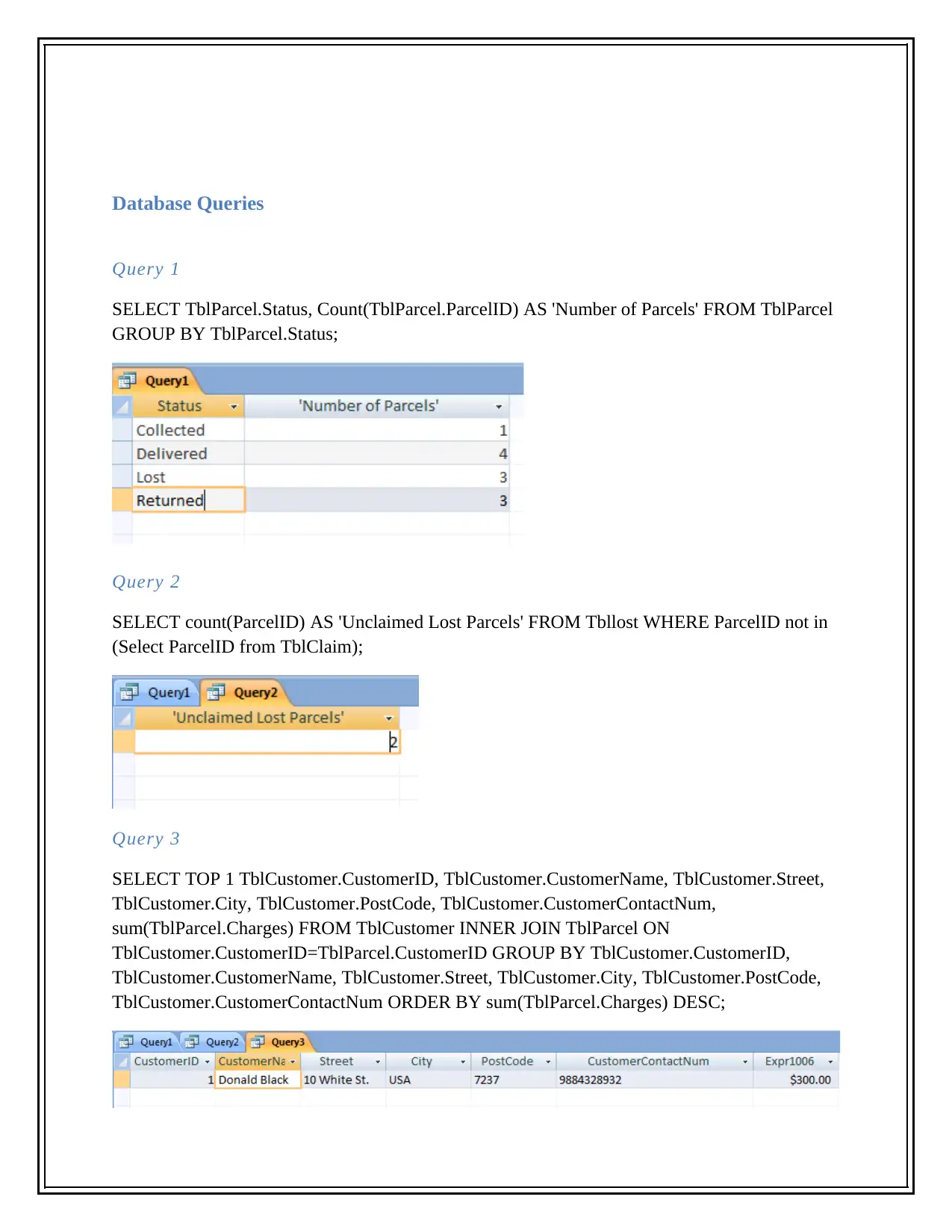
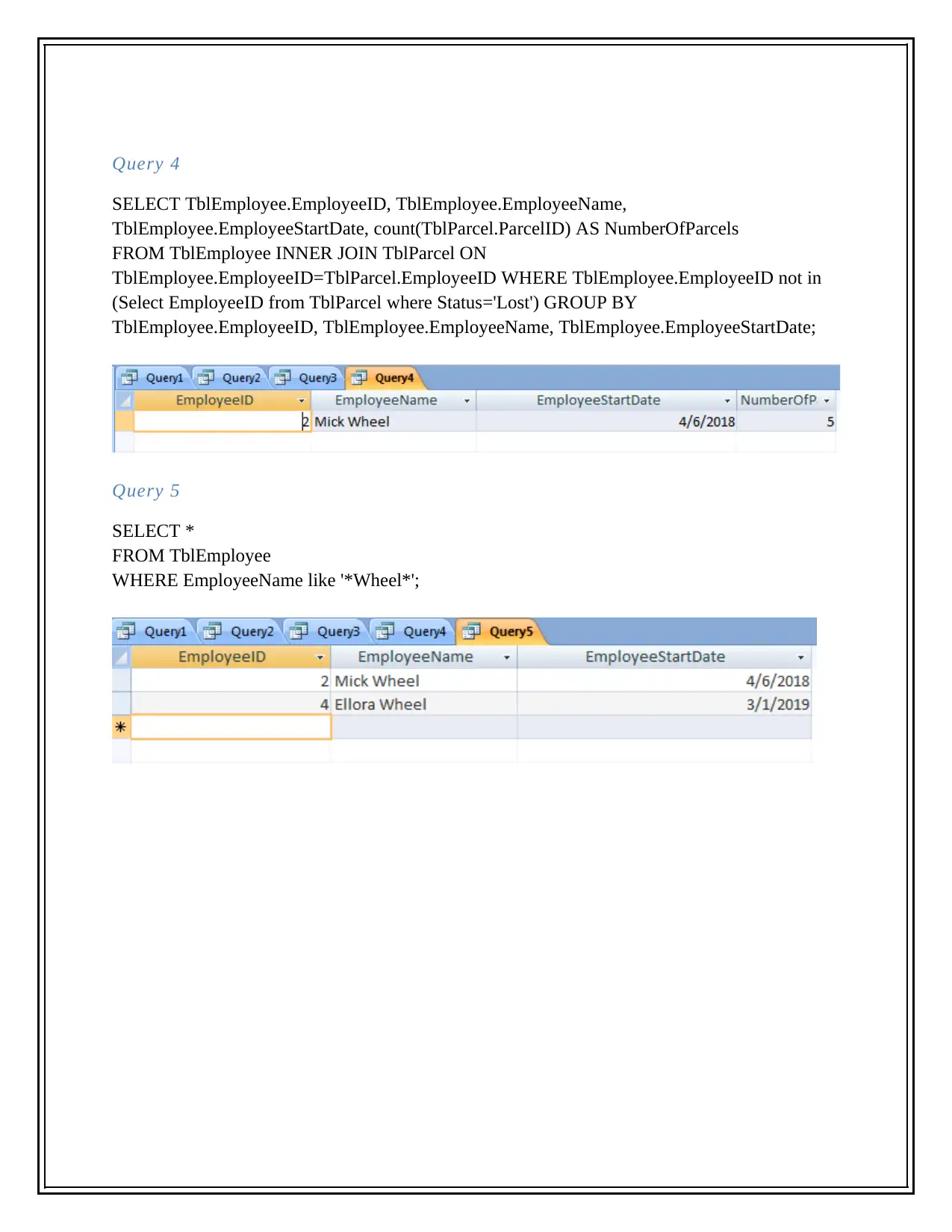
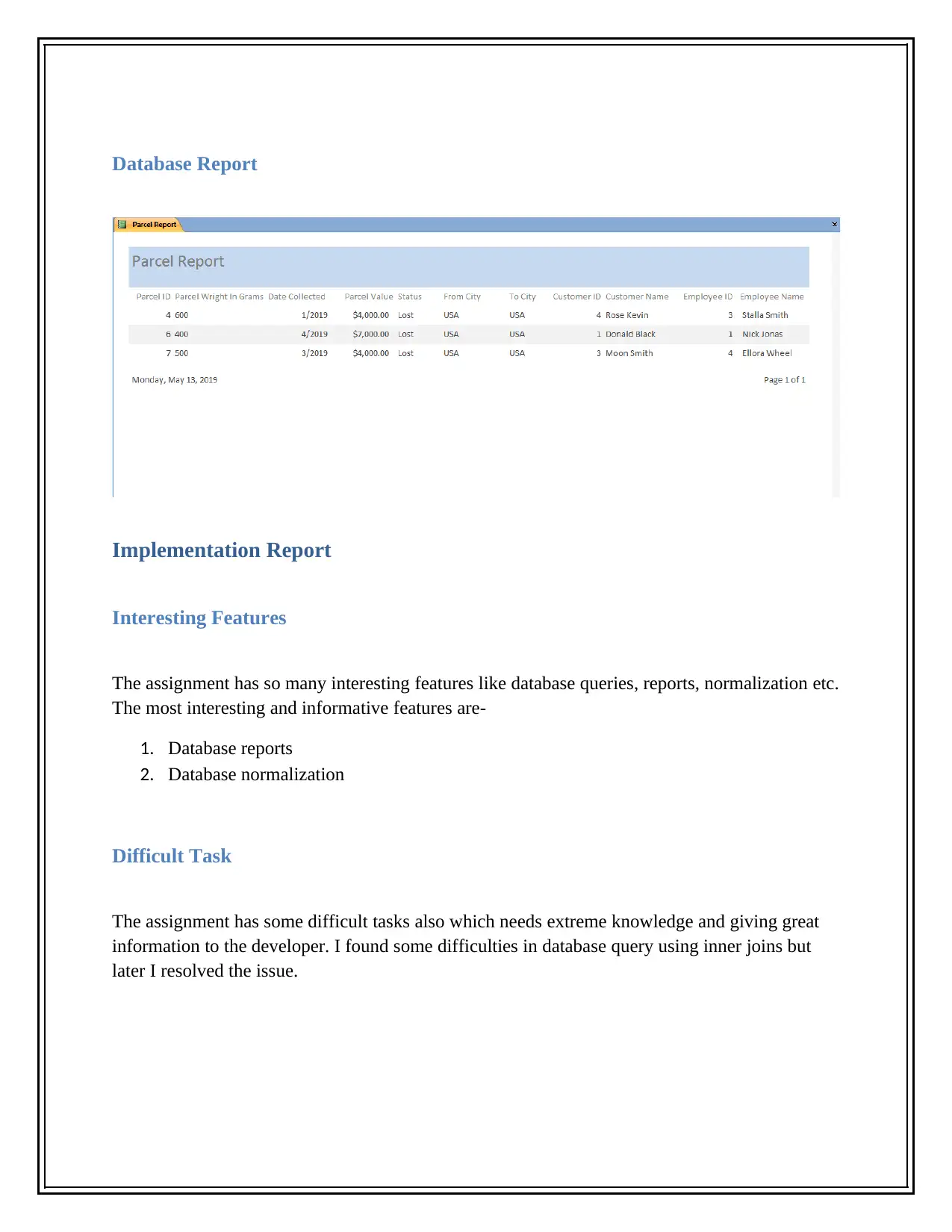






![[object Object]](/_next/static/media/star-bottom.7253800d.svg)